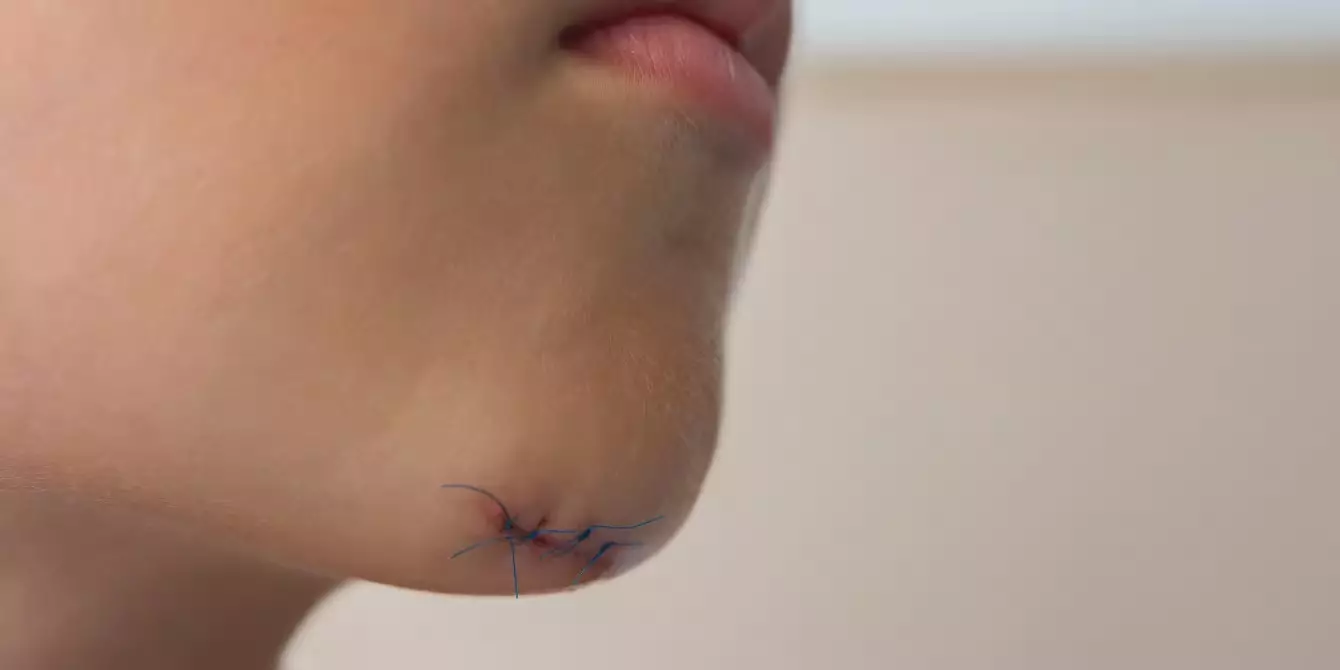Parenthood is a journey filled with unpredictable events, from the first steps to unexpected falls. Recently, my two-and-a-half-year-old took a tumble at the playground, resulting in a significant cut on his forehead. It was one of those moments where he was upright one second, and the next, he was on the ground—hitting his head on what felt like the sharpest edge of the pavement. Every parent can relate to the anxiety that floods in when a child gets injured. However, for many, the most daunting aspect isn’t the injury itself but rather the ordeal of navigating a medical facility. The chaos associated with hospital visits—waiting rooms, X-rays, stitches—can seem overwhelming when you’re responsible for a little one’s well-being.
The Hospital Experience: Turning Chaos into Calm
In our case, the decision to apply stitches became inevitable, leading us to the hospital that afternoon. I braced myself for a difficult experience; after all, how could anyone expect a toddler to remain calm amidst the distress of needles and anesthesia? My son reacted as anticipated, crying intensely when the anesthesia was injected. Yet, as we prepared to leave, he surprised me by enthusiastically declaring, “That was fun!” Could it really be that a hospital visit could evoke such a positive response? Reflecting on this moment, it became evident that his perception was influenced by our approach—a blend of preparation, communication, and involvement.
When it comes to medical visits, anticipation and awareness are powerful tools. Children need clarity and compassion in order to navigate uncomfortable situations, and as parents, it is our responsibility to provide both. After all, if they’re left in the dark, the likelihood of tantrums and fear escalates.
Setting the Tone: Calmness Equals Confidence
The very first step we must take as parents is to remain calm ourselves. Children are incredibly perceptive and often mirror our emotional states. If we exhibit panic or distress, they are bound to feel the same. Projecting a sense of security is paramount; if we appear collected, our children may follow suit. This begins a positive feedback loop of reassurance and courage.
Preparation is another cornerstone of the experience. I can’t stress enough how important it is to communicate with your child about exactly what will occur during a medical procedure. It’s vital to walk them through the process in detail, using simple language that they can understand. Discuss potential discomfort honestly—name the instruments that will be used, explain their purpose, and clarify any physical sensations they might experience. When children know what to expect, they are better equipped mentally and emotionally to handle the situation.
Involvement: Empowering Children in Medical Settings
During the actual procedure, keeping children engaged can ease their anxiety. It’s a smart strategy to show them the medical tools and explain their function. Many health professionals are accommodating and may even welcome your request to make the experience more child-friendly. I’ve found it beneficial to inform the doctor at the outset that I want my child involved in the process.
For instance, asking the doctor to demonstrate a cotton ball soaked in antiseptic or guiding your child through the sound of a thermometer can make a world of difference. Keeping a running commentary—narrating the procedure in real-time—also helps distract from fear. This approach not only demystifies the experience but also provides a framework for understanding.
Moreover, it’s common among parents to want to distract their children during these everyday horrors. However, I firmly believe that this can backfire. Instead of shielding children from discomfort, it’s more effective to foster acceptance through transparency. For example, if a shot is on the agenda, involve your child in the decision-making. Ask whether they want to face the needle or look away. Use this as an opportunity for ownership rather than imposing a sense of helplessness.
Empowering Our Children: The Power of Belief
Finally, we must resist the urge to underestimate our children’s capacity for resilience. Rather than presuming they can’t handle certain situations, allow them the opportunity to demonstrate their courage. When you trust in their abilities to cope and respond, you reinforce their capability and foster a strong foundation for the future.
Just like my little one, who ended up finding joy in an experience that many adults would find distressing, children often surprise us with their courage when given the space to navigate their emotions. So next time you face a medical visit, remember: a measured approach of calm, preparation, and involvement can transform fear into fun, laying the groundwork for a more manageable—and perhaps even enjoyable—experience.

